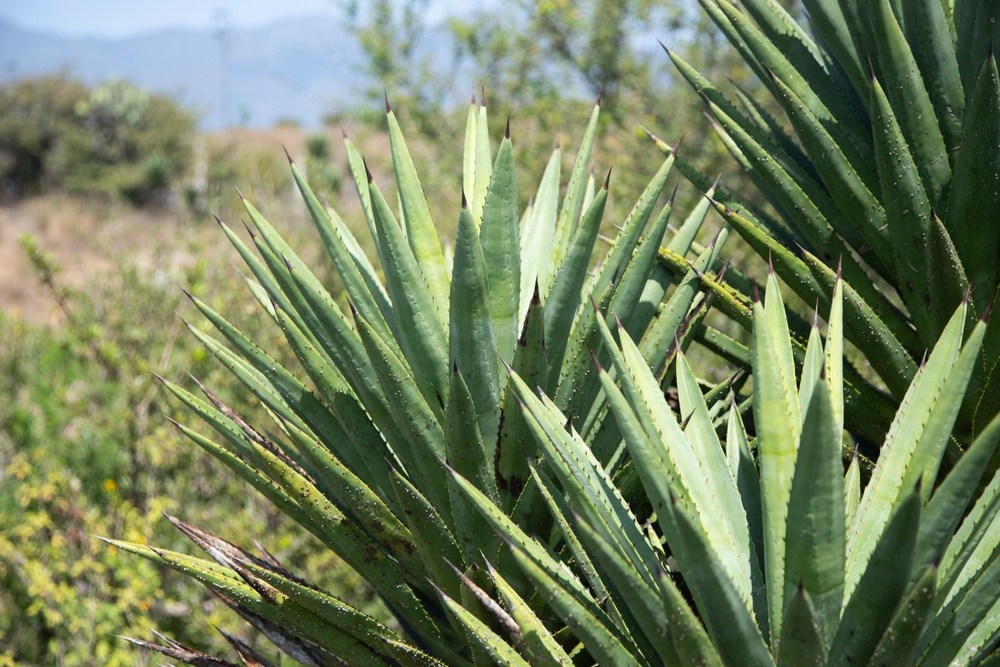What is the Difference Between Cuishe and Madre Cuishe?
What is the Difference Between Cuishe and Madre Cuishe?
Author
fotex
Share
Author
fotex
Share

When diving into the world of agave spirits, it doesn’t take long before you come across names that sound similar but have unique stories—like Cuishe and Madre Cuishe. Both belong to the Karwinskii agave species, a wild-growing group found in the hills of Oaxaca and other parts of southern Mexico. These plants may look alike at first glance, but once you understand what sets them apart, you’ll start to see—and taste—why each has its own identity. If you’re developing your mezcal brand or expanding your palate, recognizing the difference between Cuishe and Madre Cuishe can elevate your appreciation of every bottle you pour.
The Agave Behind the Names
Start by looking at how these agaves grow. Cuishe, known for its tall, narrow stalk, grows straight up like a skinny tree trunk with leaves spiraling tightly around it. It thrives in rocky, mountainous terrain, often growing for 10 to 12 years before it’s ready for harvest. Madre Cuishe, also from the Karwinskii species, grows with a slightly more bulbous base and can reach similar heights, but it typically takes a bit longer to mature—sometimes up to 15 years. The differences in shape and growth environment influence how each plant stores sugars and minerals, directly affecting the flavor you taste in your glass.
How Each One Tastes
Cuishe tends to be earthy, dry, and sharp when comparing flavors. You’ll pick up herbal notes, sometimes even hints of pepper or eucalyptus, giving it a bold and distinctive bite. It’s a favorite for those who enjoy something that speaks directly to the rawness of the agave and the land it came from. Madre Cuishe, on the other hand, leans more toward fruity and floral notes—think green apple, citrus, and garden herbs. It still carries that earthy agave base but does so in a rounder and more delicate way. Knowing this difference can help you guide your choices based on mood, pairing, or intended audience if you’re crafting a mezcal or tasting for pleasure.
Production and Craftsmanship
How these agaves are harvested and cooked also affects the final product. Because of their size and density, both Cuishe and Madre Cuishe require careful handling during roasting and fermentation. Their fibers are tougher than other varieties, so the traditional methods—like underground pit roasting and mule-drawn tahona crushing—are essential to release their full character. If you’re someone working on a new product or refining an existing one, you know this stage is where the magic happens. Choosing the right agave, understanding its nuances, and applying the proper process can distinguish between a good and unforgettable mezcal.
Crafting with Intention at The Agave Farm
The journey from agave to bottle should be more than just a business plan—it should reflect your vision and dedication. At The Agave Farm, you have the tools and support to craft something that’s not just another spirit but a meaningful expression of your story. Whether you’re drawn to the dry punch of Cuishe or the layered depth of Madre Cuishe, your decision shapes more than just taste—it defines identity. With our guidance and resources, you can bring that vision to life authentically and precisely. Reach out today, and let’s build something exceptional together—one agave at a time.

